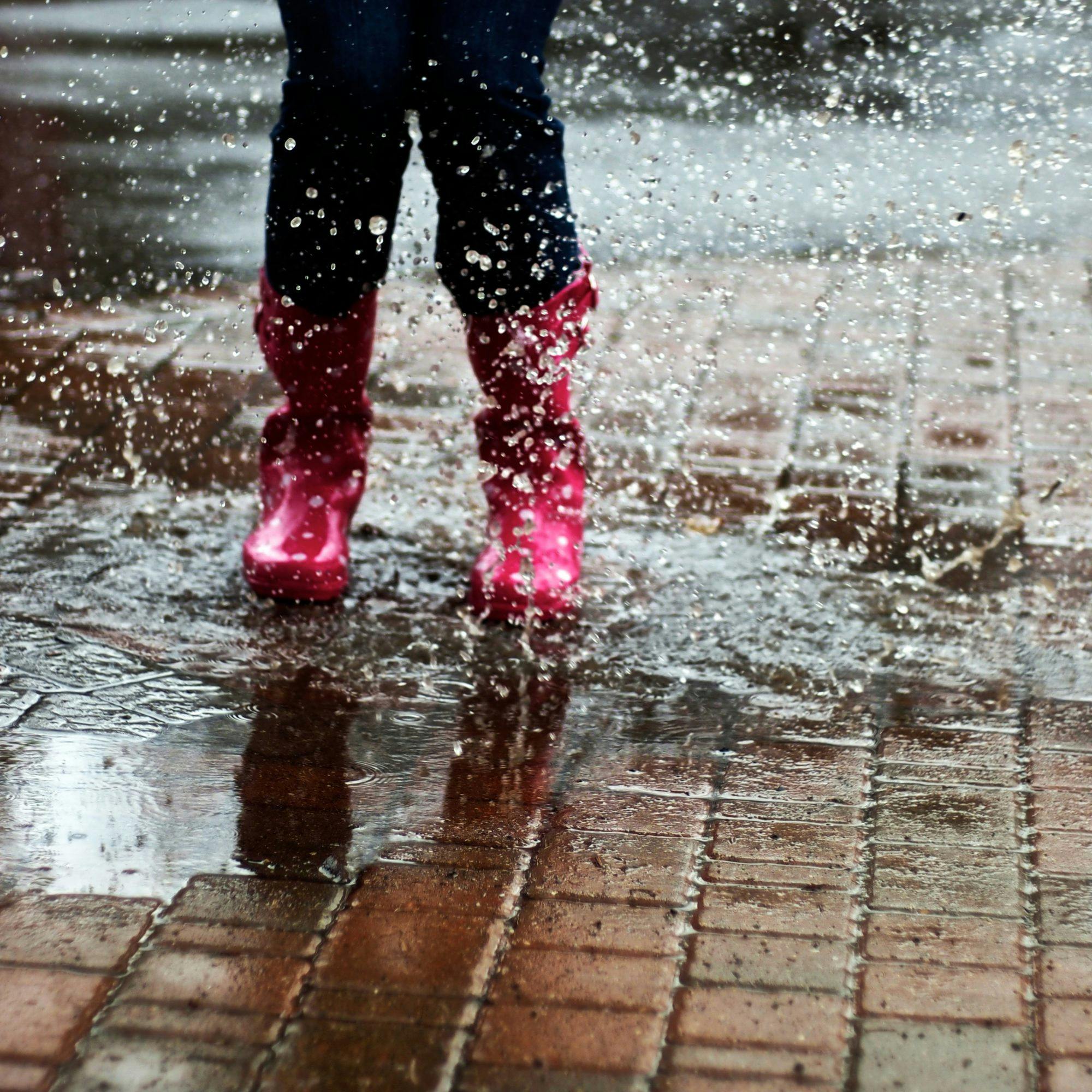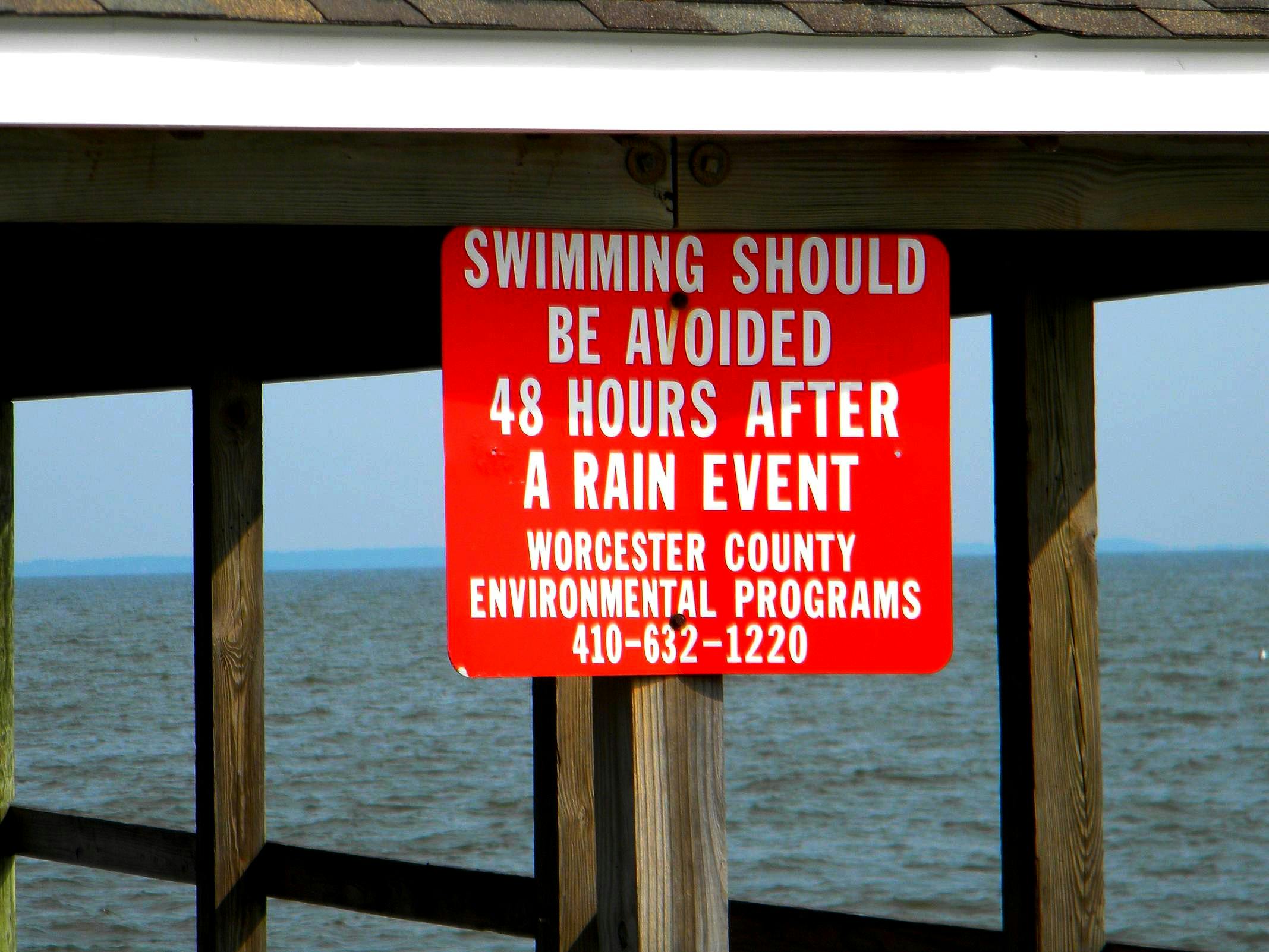In most cities, this simple rule could save your life. We call it the 48-hour rule, and it goes like this:
In order to protect your health against recreational water illnesses, avoid contact with the water for at least 48-hours after a significant rain event.
Think that sounds harsh? Some places suggest waiting up to 72 hours.
Rain, rain, go away
Precipitation is the leading cause of poor recreational water quality. This is because rain washes contaminants into our waterways from a number of different places.

During wet weather events, water washes into our creeks, rivers, lakes, and coasts from urban centres and rural areas. Stormwater can contain human and animal waste, toxic materials, heavy metals, debris, agricultural and urban runoff.
In older North American cities, rain is also the leading cause of sewage bypasses and combined sewer overflows. This is because wastewater treatment plants and combined sewer systems don’t have the capacity to manage the increased volume of wastewater. Wastewater ends up bypassing the complete treatment process and flows into the closest lake or river.
Why should recreational waters be avoided for at least 48 hours after a rainfall?
Raw or partially raw sewage that is released into the nearest watershed can be very dangerous to human health. The sewage contaminates the waters with bacteria, pathogens, viruses and parasites. The most common health issue correlated with polluted water is gastroenteritis. Other minor illnesses associated with swimming in contaminated water include eye, ear, nose and/or throat infections, and skin rashes. In rare occurrences, more serious illnesses that can be contracted include cholera, typhoid fever, dysentery, infectious hepatitis, and severe gastroenteritis.
It’s important to note that after significant rainfall both primary and secondary recreational water activities should be avoided completely: boating, paddling and fishing can be just as dangerous, even though you’re not submerged.
Beach signs are not always accurate the day after a storm
It is important to follow the 48-hour rule following a heavy rain event. Even if your local beach water quality website or hotline says it’s okay to go swimming during or following a big storm, the information may not accurately represent current water quality.
This is because when local authorities sample the water at your favourite beach, it takes between 24-48 hours to process results. Only the 48-hour rule can keep you safe until new samples can be collected and you get the all-clear.

